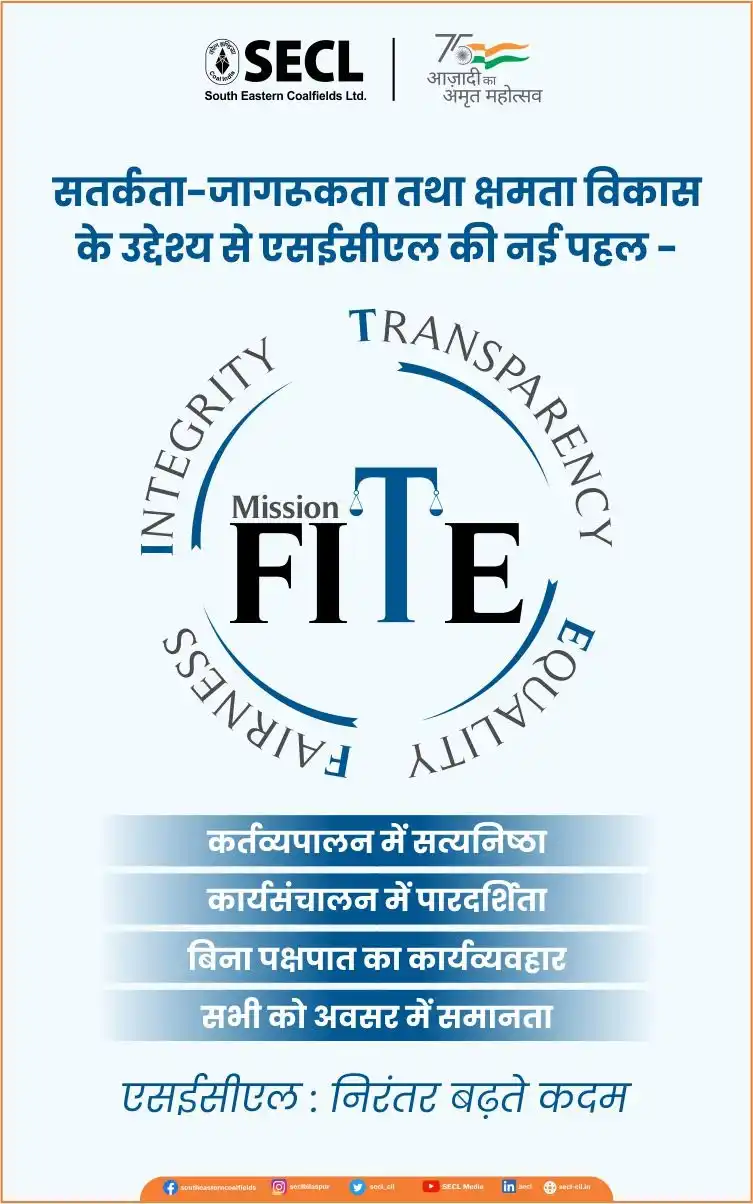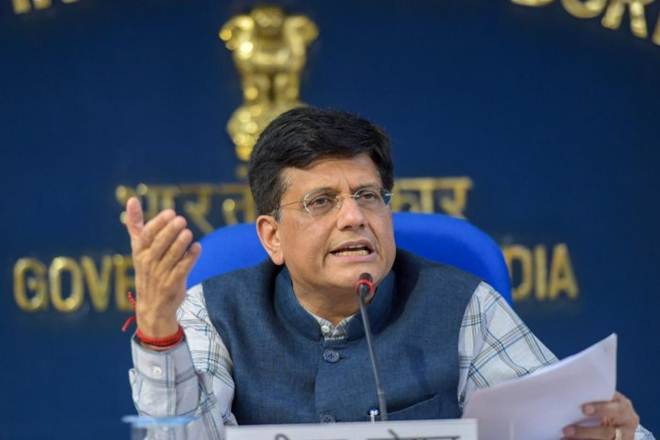National Action Plan for Dog Mediated Rabies Elimination by 2030 (NAPRE) was unveiled on September 28 by Union Minister for Health and Family Welfare, Mansukh Mandaviya, and Union Minister of Fisheries, Animal Husbandry and Dairying, Parshottam Rupala. The action plans have been introduced as a roadmap to eliminate rabies by 2030.
Joint Inter-Ministerial Declaration Support Statement was also launched for the elimination of dog-mediated rabies from India by 2030 through one health approach.
The World along with India observed World Rabies Day yesterday, September 28. Due to the rapid increase in animal-induced diseases, such as the Covid-19, the focus is being given on taking steps to reduce health risks caused by animals.
National Action Plan for dog Mediated Rabies Elimination
The National Action Plan for dog Mediated Rabies Elimination (NAPRE) has been drafted by the National Centre for Disease Control (NCDC) in consultation with the Ministry of Fisheries, Animal Husbandry, and Dairying.
NAPRE’s approach for rabies elimination is based on recommendations of various international agencies such as WHO, OIE, and the Global Alliance of Rabies Control (GARC). It is based on 5 major pillars – political will, sustained funding, intersectoral planning, coordination and review, community planning, and operational research.
The action plan aims to reduce human deaths due to dog-mediated rabies to zero by 2030 through sustained mass dog vaccination and appropriate post-exposure treatment. The vital elements of the strategy are prevention, promotion, and partnership.
– Prevention: Introduction of cost-effective public health intervention techniques to improve accessibility, affordability, and availability of post-exposure prophylaxis to all people in need.
– Promotion: Improve understanding of rabies through advocacy, awareness, education, and operational research.
– Partnership: Provide coordinated support for the anti-rabies drive with the involvement of community, urban and rural civil society, government, private sectors, and international partners.
Among the various strategies, one is to use the more familiar term ‘Hadakwa’ in popularizing the activities to be taken up under the Plan. Rabies is popularly known as Hadakwa in rural India.
Rabies- Status in India
Rabies is a vaccine-preventable viral disease that occurs in more than 150 countries and territories. Dogs are the primary source of the vast majority of human rabies deaths, contributing up to 99% of all rabies transmissions to humans.
The disease is preventable, however low awareness among people results in fatalities. According to the World Health Organization (WHO), a dog bite claims the lives of more than 55,000 people each year, mostly in Asia and Africa.
India is endemic for rabies with the exception of Andaman, Nicobar, and Lakshadweep Islands. It accounts for 36% of the world’s deaths. As per available information, rabies causes 18,000 to 20,000 deaths every year. Further, about 30-60% of reported rabies cases and deaths in India occur in children under the age of 15 years as bites that occur in children often go unrecognized and unreported. The deaths due to suspected rabies as reported by 30 out of 36 States and UTs during 2017 were 593.
Rabies is preventable
Call it ‘Hadakwa’ or dog bite, Rabies is fatal but preventable. Death by rabies in human beings is 100% preventable and requires prompt and appropriate medical care. It also requires creating awareness among the people regarding the disease.
There is a difference between vaccine and medicine with regard to Rabies. Many people mistake the vaccine, a precautionary step with medicine, a curative solution after the onset of the disease. Although each rabies death is preventable by vaccine, there are no medicines once the disease develops in a human. Hence, the importance of the vaccine becomes all the more important.
Rabies: A notifiable disease?
Unlike other diseases, for instance, Tuberculosis, it is not a notified disease in India. However, Union Health Minister Mansukh Mandaviya has urged all the States and Union Territories to make rabies a notifiable disease. Notifying or reporting rabies cases can help in preventing and managing the disease.
Among the various strategies to prevent rabies in people, vaccinating dogs is the most cost-effective strategy.
Importance/ Need of eliminating rabies
With the recent challenges posed to life and the economy around due to the Covid-19 pandemic, the government wants to leave no stone unturned to ensure the health safety of the people. Furthermore, two-thirds of all present diseases have their origin in animals. The national action plan is focused on reducing and preventing human diseases caused due to human-animal interaction.
Speaking on the matter, the Health Minister said, “Man is not an isolated animal and acquires diseases from animals who are also nestled in their environment. Outside of human purview, animals fight and amongst each other enabling viral transmission. Only a holistic approach to health keeping in mind human-animal interaction and their broader interaction with the environment can help alleviate such challenges.”
He further cautioned that environmental factors like rainfall, heat-wave can also contribute to the trajectory of the pathogen and the disease which calls for more research and greater awareness in this area.
Contacting the disease is not only a threat health-wise, but its impact can also be seen on the family, livelihood, and economy of the household and the country at large.
“Zoonotic diseases like Rabies claims the lives of people in their prime denying the family of their earning member,” Union Health Minister stated.


















